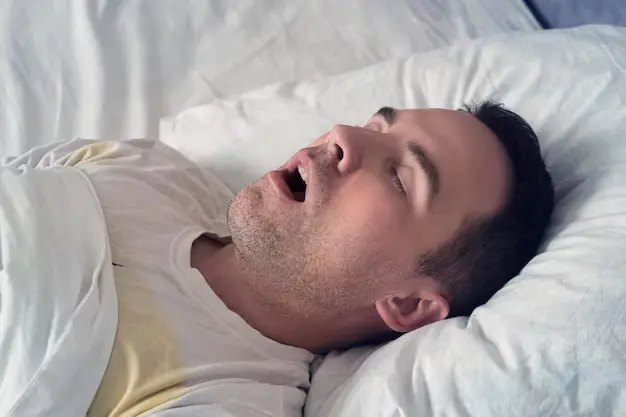
The 5 Best Dental Appliances For Sleep Apnea
People with untreated sleep apnea often stop breathing while sleeping, sometimes hundreds of times throughout the night. Sleep apnea is a serious sleep disorder caused by interrupted breathing during sleep. It affects about ten percent of women and 25 percent of men. People of all ages, including babies and children, as well as those over forty and those overweight, can be affected. What dental appliances are used to treat sleep apnea?
1. Mandibular Advancement Devices (MADs)
An oral appliance known as a mandibular advancement device (MAD) helps open the airway during sleep by repositioning the lower jaw (mandible) and tongue forward. In addition to treating mild to moderate obstructive sleep apnea, these devices are typically made to fit an individual’s mouth and dental anatomy. It ensures a comfortable fit and optimal performance. The jaw position can usually be fine-tuned to achieve the best results because they are usually adjustable. You may, however, experience varying levels of effectiveness based on the severity of your condition. Your anatomy, how Yell you wear the device, and your overall health. Keeping track of progress and making necessary adjustments requires regular use and follow-up with a dentist.
2. Tongue-Retaining Devices (TRDs)/ Tongue Stabilizing Devices (TSDs)
Sleep apnoea can also be treated with TRDs or TSDs, which are dental devices that have suction cups attached to the tongue tip. These devices are generally one-size-fits-all devices that prevent the tongue from collapsing and obstructing the airway as you sleep. However, they can also be customized depending on the mouth of each individual.
3. Combined Therapy Devices
Combined Therapy Devices are dental appliances that incorporate elements of TRDs and MADs. These devices may include parts that reposition the lower jaw forward and hold the tongue forward, promoting airflow and reducing sleep apnea.
4. Positional Therapy Devices
The purpose of a Positional Therapy Device is to keep a person in a specific sleeping posture to reduce sleep apnea. Sleeping supinely (on your back) can worsen sleep apnea, so certain devices keep the patient lying on their side while sleeping. Positional therapy dental appliances may, however, be effective depending on the individual’s anatomy, the severity of the condition, and other factors.
5. Customized Devices
Various customized dental appliances can also be used for treating sleep apnea. Each device is designed based on an individual’s dental impressions and specific needs. It usually includes adjustable components, different materials, and unique designs that suit the anatomy and preferences of the individual.
Sleep apnea patients shouldn’t assume all dental appliances will work for them. A proper evaluation is necessary to determine the most appropriate treatment option. It is based on the severity of the case, individual analysis, and other factors. For optimal results, patients must also wear the device and attend regular follow-up appointments. Dental appliances for sleep apnea should always be evaluated, fitted, and managed by a qualified healthcare professional, such as a sleep specialist or dentist.
At All Smiles Dental Spa, our dental experts in Dubai help you identify the triggers causing your sleep apnea and provide appropriate treatment methods or dental appliances to prevent it. We can help you if you suspect you suffer from sleep apnea.
Leave a reply
Leave a reply